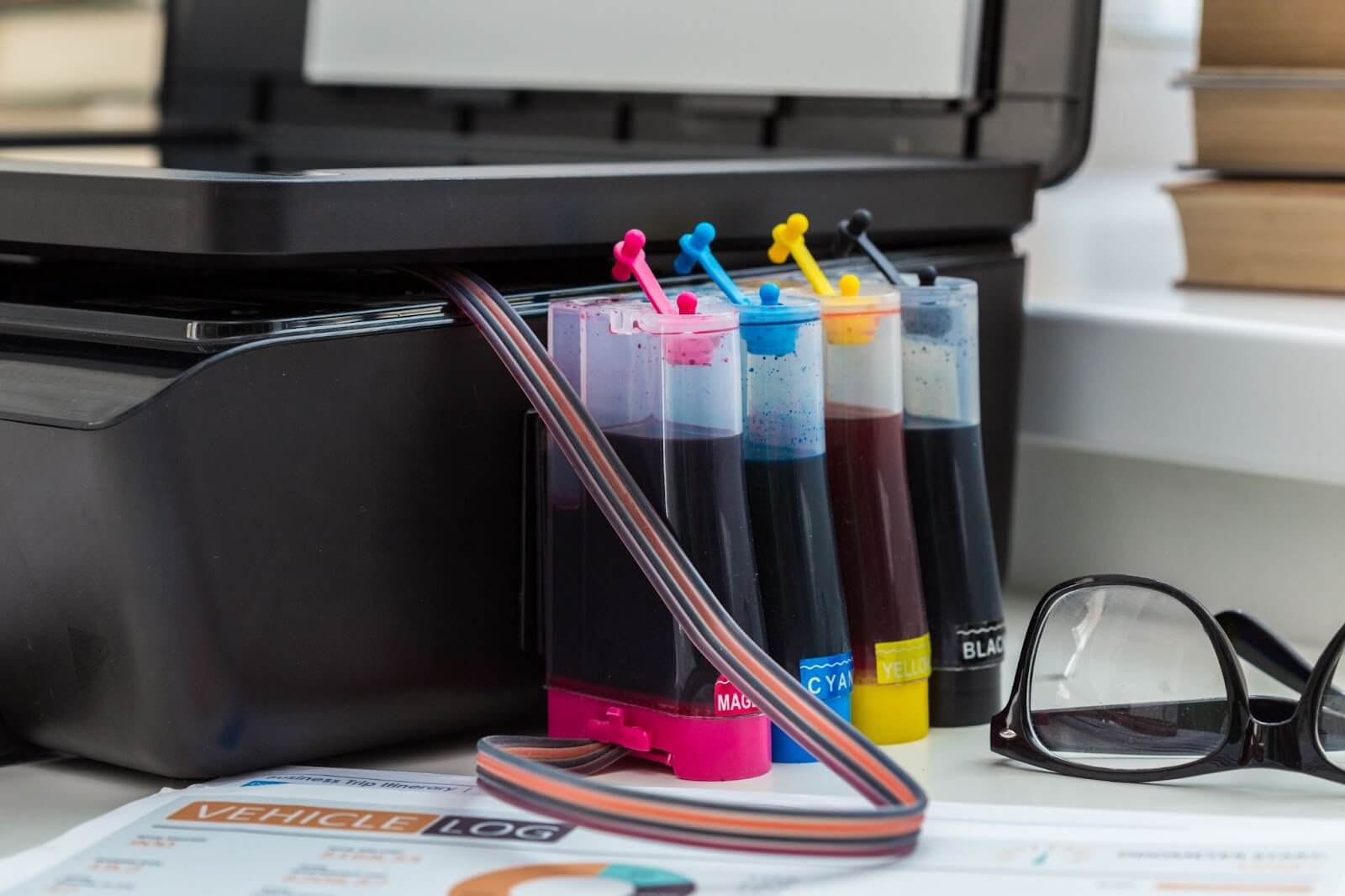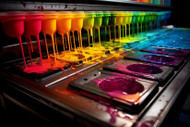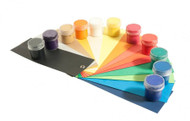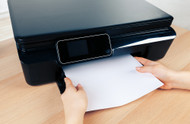28th Jun 2024
OEM vs. Compatible Ink Cartridges: Making the Right Choice for Your Printing Needs
In the world of printing, the choice between OEM (Original Equipment Manufacturer) and compatible ink cartridges can be a crucial decision. Whether you're a home user or a business owner, understanding the differences between these two options can save you money, ensure quality prints, and optimize the performance of your printer. Let's delve into the comparison of OEM and compatible ink cartridges to help you make an informed decision on which is right for you.
What are OEM Ink Cartridges?
OEM ink cartridges are manufactured by the same company that produces your printer. These cartridges are designed to work seamlessly with specific printer models and are often associated with reliability and quality assurance. When you purchase an OEM ink cartridge, you can expect consistent performance and compatibility, as they are made to the exact standards set by the printer manufacturer.
Advantages of using OEM ink cartridges
1. Guarantee of high quality and reliability
OEM ink cartridges are manufactured by the same company that produced your printer. They are designed to meet high-quality standards and undergo rigorous testing to ensure consistent and reliable performance. Using OEM cartridges ensures that you will get the best print quality and avoid potential problems like streaks or smudges.
2. Compatibility with printer models
OEM ink cartridges are specifically designed to be compatible with your printer model. They are engineered to fit perfectly into the printer and work seamlessly without any compatibility issues.
3. Manufacturer warranty and support
Many printer manufacturers offer warranty protection and customer support for their printers, but this support may be contingent on using OEM cartridges. However, the latest news now states that printer damage that is not caused by a third-party cartridge is still covered under warranty.In summary, the advantages of using OEM ink cartridges include guaranteed high quality and reliability, compatibility with printer models, and access to manufacturer warranty and support. These factors contribute to a smoother printing experience and help maintain the longevity and performance of your printer.
Pros of OEM Ink Cartridges:
- Quality Assurance: OEM cartridges are rigorously tested to ensure optimal performance and print quality.
- Printer Warranty: Using OEM cartridges typically maintains your printer's warranty, as they are recommended by the manufacturer.
- Reliability: OEM cartridges are designed to work seamlessly with specific printers, reducing the risk of compatibility issues or errors.
Cons of OEM Ink Cartridges:
- Higher Cost: OEM cartridges are often more expensive than compatible alternatives, making them less cost-effective over time.
- Limited Options: OEM cartridges may have fewer options in terms of ink capacity or specialty inks compared to compatible cartridges.
- Environmental Impact: OEM cartridges may contribute to electronic waste if not properly recycled or reused.

What are Compatible Ink Cartridges?
Compatible ink cartridges, also known as generic or aftermarket cartridges, are manufactured by third-party companies rather than the printer manufacturer. These cartridges are designed to be compatible with a wide range of printer models and offer a more affordable alternative to OEM cartridges. While compatible cartridges may vary in quality and performance, many third-party manufacturers strive to meet or exceed OEM standards.
Pros of Compatible Ink Cartridges:
- Cost-Effectiveness: Compatible cartridges are often significantly cheaper than OEM cartridges, making them an attractive option for budget-conscious consumers.
- Wide Compatibility: Compatible cartridges are designed to work with multiple printer models, providing greater flexibility and options for users.
- Environmental Benefits: Some compatible cartridges are made from recycled materials or offer refillable options, reducing the environmental impact compared to OEM cartridges.
Cons of Compatible Ink Cartridges:
- Quality Variability: The quality of compatible cartridges can vary between manufacturers, leading to potential inconsistencies in print quality or performance.
- Potential Compatibility Issues: While compatible cartridges are designed to be compatible with various printers, there is a risk of compatibility issues or printer errors.
- Printer Warranty Concerns: Some printer manufacturers may void warranties if compatible cartridges are used, although this practice is legally questionable in many regions.
Choosing the Right Option for You
When deciding between OEM and compatible ink cartridges, consider your printing needs, budget, and quality expectations. If you prioritize consistent performance, reliability, and adherence to printer warranties, OEM cartridges may be the best choice for you. However, if cost-effectiveness and flexibility are your main concerns, compatible cartridges offer a compelling alternative without sacrificing print quality.
In the words of printing expert John Doe, "While OEM cartridges offer peace of mind in terms of quality and compatibility, compatible cartridges provide a cost-effective solution for users with high printing volumes or limited budgets."
Ultimately, the right choice depends on your individual preferences and priorities. Whether you opt for OEM or compatible ink cartridges, remember to purchase from reputable suppliers and properly maintain your printer to ensure optimal performance and longevity.
Conclusion:-
In conclusion, the debate between OEM and compatible ink cartridges underscores the importance of understanding your printing needs and weighing the pros and cons of each option. By making an informed decision based on factors such as cost, quality, and compatibility, you can maximize the value of your printing experience and achieve the best results for your specific requirements.












